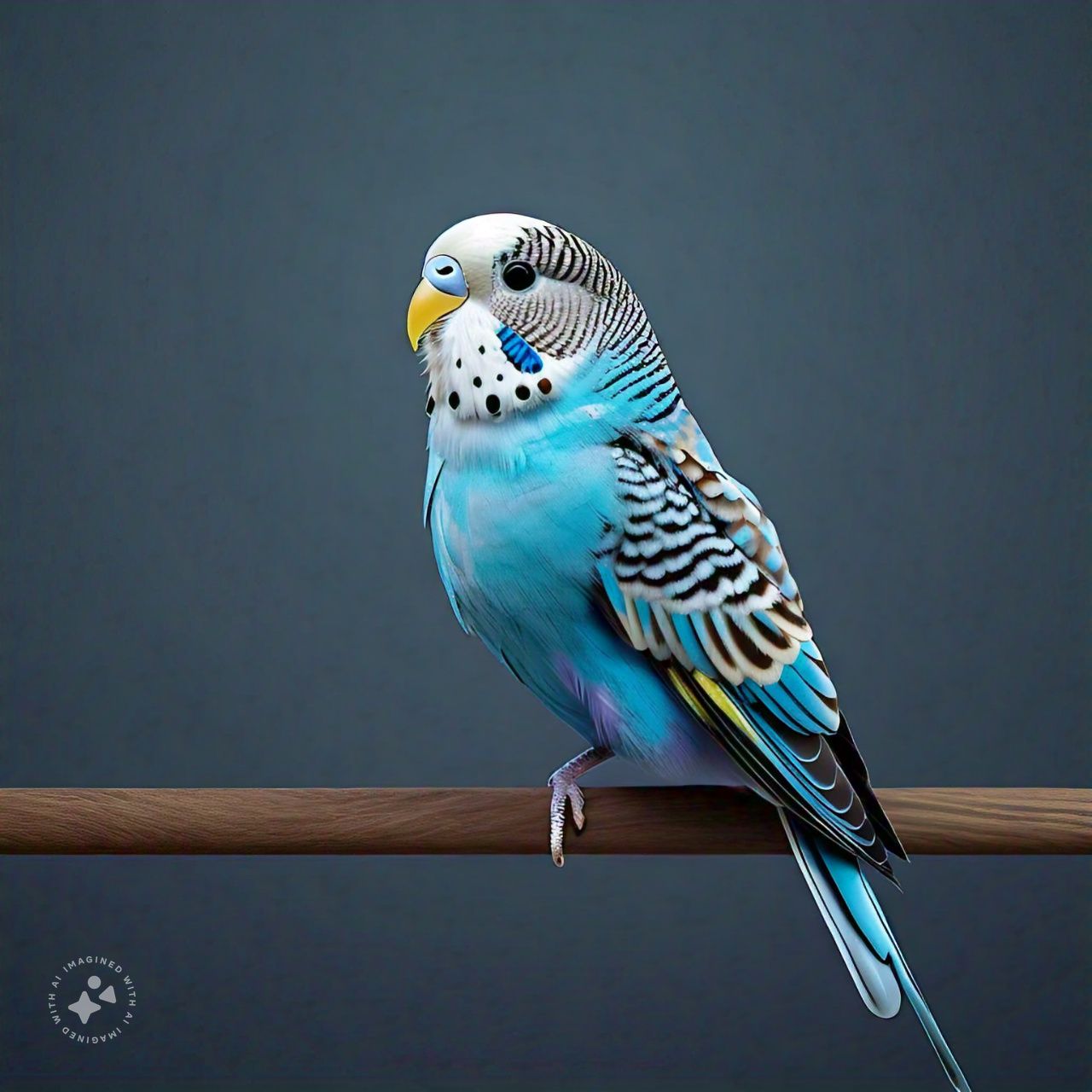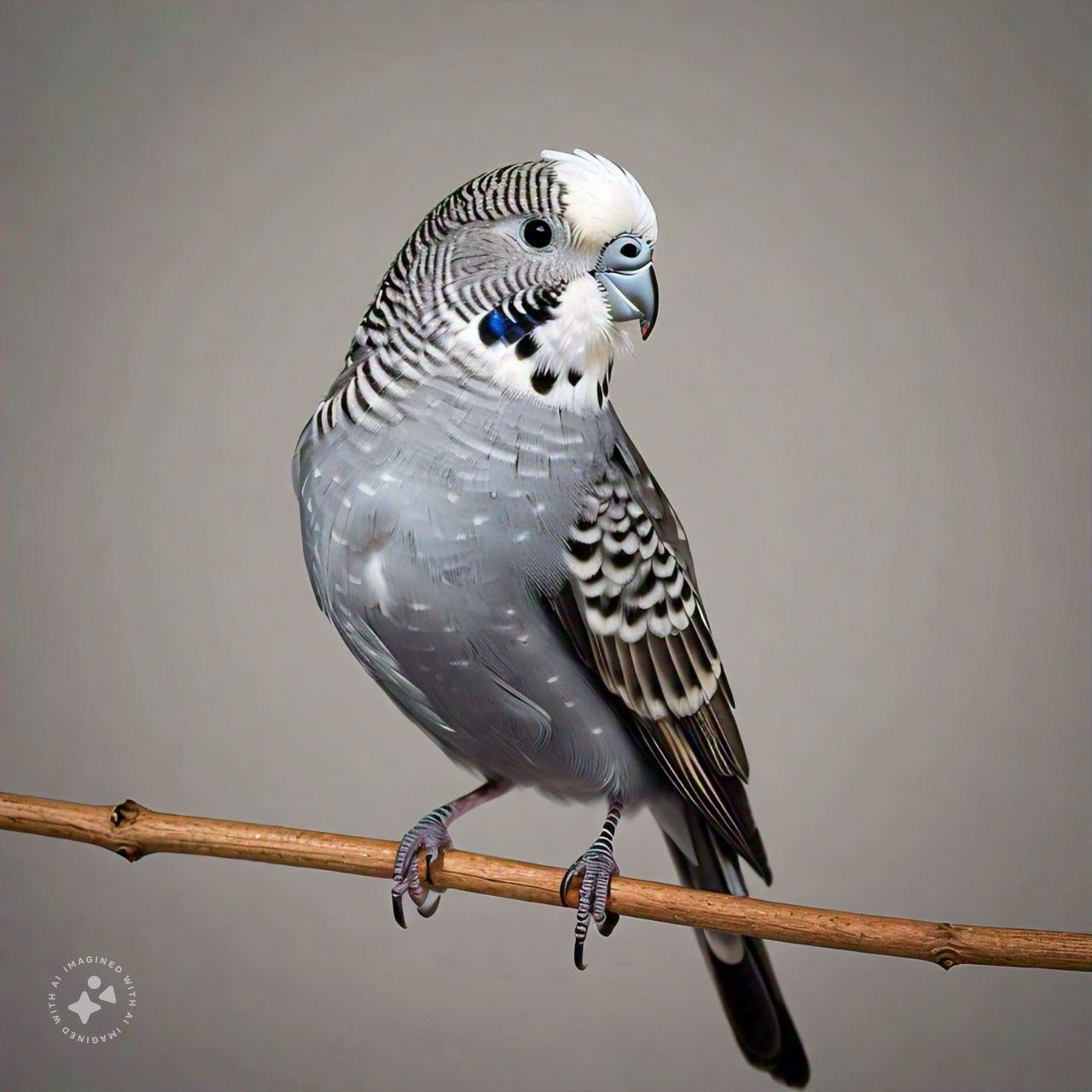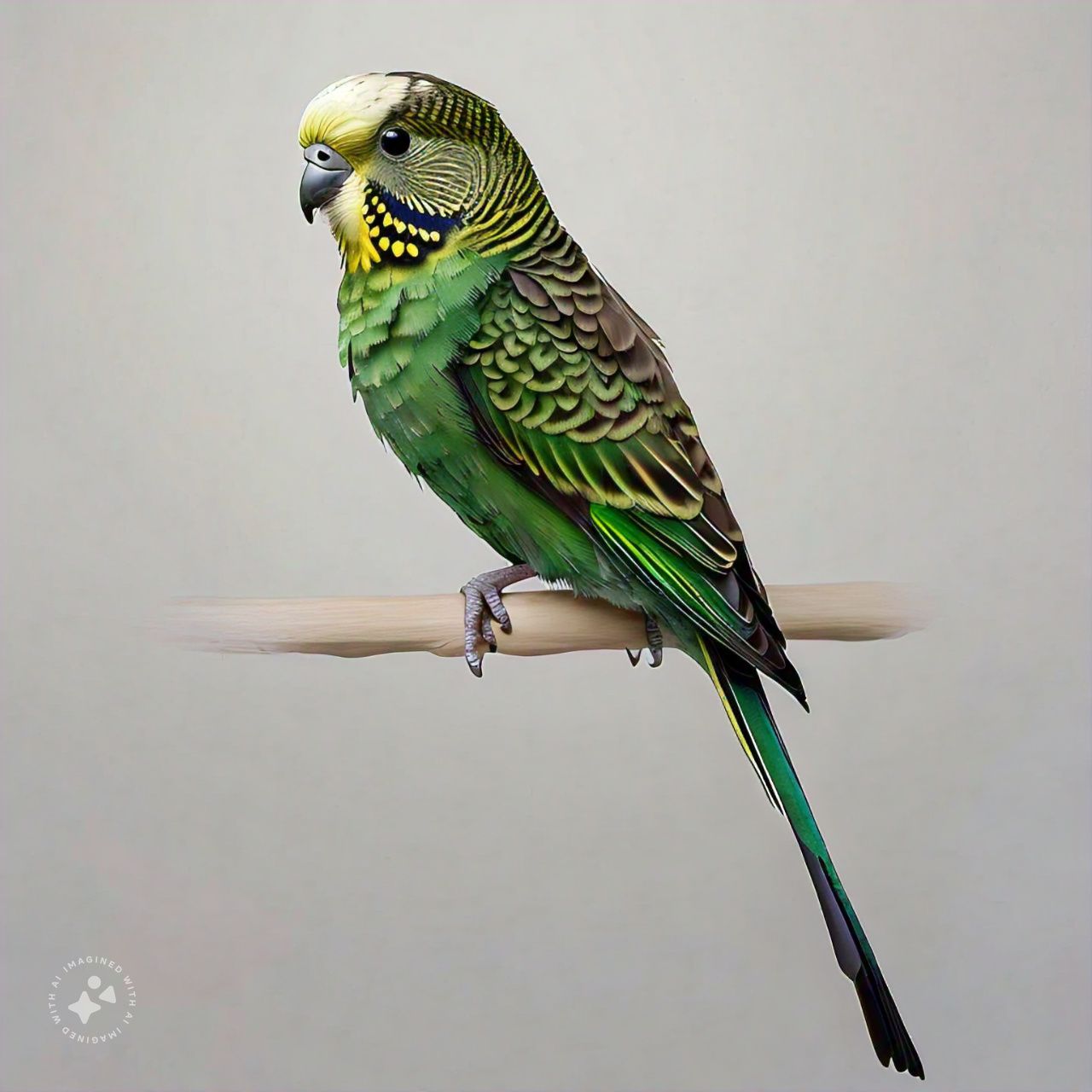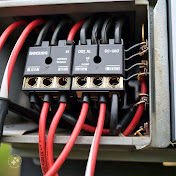Will
AI Take My Job?
“Is
AI going to take my job?”, might be the question in your head, since you may
have heard AI will be replacing a lot of jobs. But first let’s understand what
AI is?
AI
stands for Artificial Intelligence. Artificial Intelligence (AI), a term
coined by emeritus Stanford Professor John McCarthy in 1955, was defined by him
as “the science and engineering of making intelligent machines”. Much research
has humans program machines to behave in a clever way, like playing chess, but,
today, we emphasize machines that can learn, at least somewhat like human
beings do.
AI
has existed for decades, but it has started to become a commonly used term in
recent years. Over the years, it has been used by many businesses for speech
recognition, recommendation algorithms, detecting frauds, cyber security etc. Today
we are living in a world, where AI is being incorporated in almost every
sector.
ChatGPT
turns
out to be that one tool that introduced AI on a massive level to individuals.
ChatGPT is a powerful tool by Open AI that can answer your questions, write
your assignments, tell you a poem, write you a song, write computer codes, and,
much more. According to The Verge, ChatGPT managed to gain around 100 million
users within two months. ChatGPT created a new record, leaving behind tech giants
such as Facebook which gained 100 million users in four and half years of its
launch in 2004, Twitter took over five years and Instagram took over two years.
AI
like ChatGPT is generative AI. These kinds of AI analyses data to
generate new content, like, photo, video, texts, audio etc. Generative AI is a
kind of AI that can perform tasks, that until now were considered tasks only to
be performed by humans. The rapid advancements in AI are said to have an effect
on jobs and at workplace, and the world has already begun to witness it.
According
to a report published in Financial Times, tech companies have axed 34,000
jobs as they begin to invest in other areas like generative artificial
intelligence to power their next phase of growth. Microsoft, eBay, Snap and
PayPal are companies that have scrapped hundreds or thousands of roles
since the beginning of January, according to the website Layoffs.fyi, which
tracks the attrition in the industry.
Tech
giant Meta, which owns massive social media apps, like Facebook,
Instagram, and WhatsApp, has cut more than 20,000 jobs since 2022 as investors
complained about the billions of dollars going into building a metaverse.
A
report published in Yahoo Finance stated, IBM also plans to replace
nearly 8000 jobs with AI, with intensified job cuts replacing 30% of back-office
jobs like HR.
AI
is the poster child of the fourth industrial revolution. It for sure is going
to change the workplace, but the question is how much? Analysts present mixed
responses on impact of AI on jobs. Changes at the workplace and on jobs by AI
won’t be the first time, new technology and advancements in technology are
changing and shifting the workplace. As technology advances, societies and work
are bound to change. With all the advancements there is a certain level of
change and discomfort, forcing humans to adapt and embrace these changes, whether
they want it or not.
According
to TIME Magazine, a study conducted by MIT researchers suggests
automation might be slower than we think. The researchers at MIT’s computer
science and artificial intelligence laboratory studied not only whether AI was
able to perform a task, but also whether it made economic sense for firms to
replace humans performing those tasks in the wider context of the labor market.
They
found that while computer vision AI is today capable of automating tasks that
account for 1.6% of worker wages in the U.S. economy (excluding agriculture),
only 23% of those wages (0.4% of the economy as a whole)
would, at today’s costs, be cheaper for firms to automate instead of paying
human workers. “Overall, our findings suggest that AI job displacement will be
substantial, but also gradual—and therefore there is room for [government]
policy and retraining to mitigate unemployment impacts,” the authors write.

The
bigger picture around AI is still quite mixed. It’s an evolving and growing industry.
This means jobs are being created and new skills will be needed, and in areas
where there is a shortage of skills AI can be used. AI can be used to cut out a
few tasks or enhance working. With many workers, and students are beginning to
use ChatGPT in their daily use, helps them with research, summarization of text
etc. Clearly, AI is no longer a tool being used for cheating on homework by
students. It’s being used for hiring processes, education, and medical science.
According
to the World Economic Forum, surveys conducted from the Future of
Jobs Report 2023 suggest high job growth between 2003 – 2027 for
professions like agricultural equipment operators, drivers who operate heavy
trucks and buses, vocational training teachers and mechanics and machinery
repairs. The report tells us one thing that the human brain is still more
valuable than AI. Jobs in agriculture, education, supply chain and logistics
are expected to grow.
According
to a report published in Forbes in 2023, the jobs most impacted are
Finance and Banking, Media and Marketing and Legal Services. Meanwhile, jobs
said to be least impacted are Manufacturing and factory workers, Agriculture
and Healthcare.
AI
can increasingly help or beat us at certain tasks. Eventually, it will be needed
on urgent basis to identify the tasks, where AI can do better than humans and
where humans can add more value and perform tasks better than AI. Every
technology has its own set of limitations. Technology like AI also has its
limitations, as it depends on already existing data collected and created by
humans. It raises concerns regarding privacy and liberty, biases and
discrimination, and, design faults and other mistakes. AI is only as accurate
as the data sets it is trained on. This data could be biased, outdated or
unrepresented.
Popular
AI tool ChatGPT also has a disclaimer on its website that says.
“ChatGPT
may produce inaccurate information about people, places or facts.”
No
matter what, AI is here to stay and impact our lives in various ways. It’s
important to understand that AI lacks human sentient. AI can also lack the
ability to judge truth and authenticity. Efforts being made to make AI
sentient. The idea that artificial intelligence lacks human sentiment and
empathy and we will have machines thinking like humans raises a lot of
concerns, fears, and ethical questions.
In
conclusion, AI and its use is more about how humans will use it and how much they
want to use it. It’s humans vs humans with AI. AI is definitely the future, but
it still cannot replace human intelligence. AI will improve industries and
quality of life. But like every new technology, AI will need regulations and
need to address data privacy concerns and downsizing. AI is no different from
other technologies that exist, holding so much potential that could either go a
good way or a bad way, depending on its use. It’s up to us, governments and
stakeholders to regulate it and figure out ways that benefit us and enhance
productivity and improve quality of life.






















